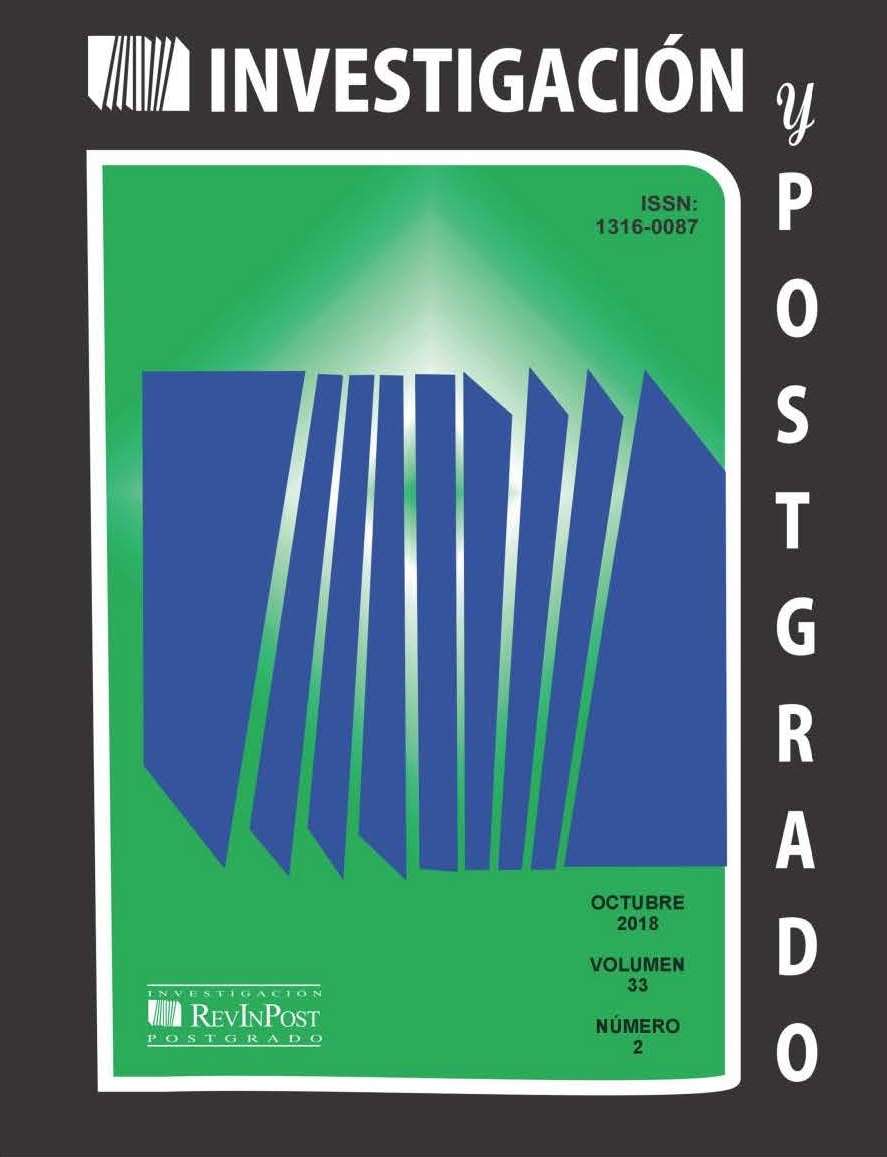RURAL PRE-UNIVERSITY TRAINING TO REDUCE EXCLUSION IN HIGHER EDUCATION IN HUÁNUCO-PERU
DOI:
https://doi.org/10.56219/investigacinypostgrado.v33i2.2815Keywords:
higher education, social exclusion, pre-university education, participatory action researchAbstract
In Peru there is social and educational exclusion, especially in higher education that shows access to the richest quintile (52.9%) five times higher than the poor quintile (10.4%). To continue the university studies requires to present an examination of knowledge and the young people of the high strata have private pre-university academies to achieve it. Consequently, the poor rural population hardly reaches the upper level. This research shows that carrying out socio-educational interventions for academic reinforcement in rural areas improves learning and increases knowledge. The methodology used was participatory action research (IAP). It included: diagnosis of training needs; design of methodological techniques of social intervention; c) design and implementation of the pre-university rural academic reinforcement program, designed ad hoc; e) development of the educational product. It was concluded that the program contributes to improving the academic quality of poor students and their access to the higher level, enhancing their social inclusion.
Downloads
References
Astorga, A. y van der Bijl, B. (1991). Manual de diagnóstico participativo. Buenos Aires: Hvmanitas.
CEPLAN. (2011). Plan Bicentenario. El Perú hacia el 2021. Lima: Centro Nacional de Planeamiento estratégico.
García, G. (2012). El derecho a la educación, incluida la superior o universitaria, y sus obstáculos, incluido el Plan Bolonia. Nómadas. Revista Crítica de Ciencias Sociales y Jurídicas, 34(2), 7-15. Recuperado de http://revistas.ucm.es/index.php/NOMA/article/view/40727/39046
Geilfus, F. (2009). 80 herramientas para el desarrollo participativo. San José, Costa Rica: Instituto Interamericano de Cooperación para la Agricultura (IICA).
Gessaghi, V. y Llinás, P. (2005). Democratizar el acceso a la Educación Superior. Buenos Aires: CIPPEC. Recuperado de https://es.scribd.com/document/.../Democratizar-ElAcceso-a-La-Educacion-Superior
Hurtado, I. y Toro, J. (1998). Paradigmas y métodos de investigación en tiempos de cambio. Valencia, Venezuela: Episteme Consultores Asociados.
INEI. Instituto Nacional de Estadística e Informática. (2018). Perú: indicadores de educación por departamentos, 2007-2017. Lima, Perú: INEI.
Jongitud-Zamora, J. (2017). El derecho humano a la educación superior en México. Revista de la educación superior, 46(182), 45-56. Recuperado de https://www.scielo.org.mx/scielo.php?pid=S0185-27602017000200045&script=sci_abstract
Longás-Mayayo, J., Civís-Zaragoza, C. y Riera-Romaní, J. (2013). Refuerzo escolar e inclusión educativa: propuesta teórico-práctica a partir de la experiencia de apoyo al éxito escolar del programa Caixa Proinfancia. Revista de Educación Inclusiva, 6(2), 106-124. Recuperado de http://www.revistaeducacioninclusiva.es/index.php/REI/article/view/184/178
Ministerio de Educación. (2015). Huánuco: ¿cómo vamos en Educación? Lima, Perú: Ministerio de Educación. Unidad de Estadística. Recuperado de http://repositorio.minedu.gob.pe/bitstream/ handle/123456789/4706/Hu%C3%A1nuco%20c%C3%B3mo%20vamos%20en%20educaci%C3%B3n.pdf?sequence=1&isAllowed=yMoreno-
Brid, J.C. y Ruiz-Nápoles, P. (2009). La educación superior y el desarrollo económico en América Latina. México: CEPAL. Recuperado de https://repositorio.cepal.org/bitstream/handle/11362/ 4884/1/S2009334_es.pdf
Murcia, J. (1990). Investigar para cambiar. Un enfoque sobre investigación participante cooperativa. Bogotá: Editorial Magisterio.
Oliveira de, G. (2015). Investigación Acción participativa: una alternativa para la epistemología social en Latinoamérica. Revista de Investigación, 39(86), 271-290.
ONU (2014). Objetivos de Desarrollo del Milenio. Informe 2014. Nueva York: Naciones Unidas. Recuperado de http://www.undp.org/content/undp/es/home/librarypage/mdg/the-millennium-development-goals-report-2014.html
Pérez Encinas, A. (2014). La educación superior como derecho: el papel de las nuevas tecnologías. Encuentros multidisciplinares, 46, 1-16. Recuperado de https://revistas.uam.es/em/article/view/293
UMC. (2014) Evaluación Censal de Estudiantes 2014–ECE. Lima, Perú: UMC. Recuperado de http://umc.minedu.gob.pe/evaluacion-censal-de-estudiantes-2014-ece-2014/
UNESCO. (1998). Declaración mundial sobre la educación superior en el Siglo XXI: visión y acción. París: UNESCO. Recuperado de http://www.unesco.org/education/educprog/wche/declaration_spa.htm
Urrego, A.J. (2009). La investigación acción participativa en el contexto socioeducativo: estrategia metodológica en la producción del conocimiento para la acción social. Revista Educare, 13(2). Recuperado de https://revistas.investigacion-upelipb.com/index.php/educare/article/view/272
Downloads
Published
How to Cite
Issue
Section
License
Copyright (c) 2018 Universidad Pedagógica Experimental Libertador

This work is licensed under a Creative Commons Attribution-NonCommercial-ShareAlike 4.0 International License.
Investigación y Postgrado está bajo una licencia internacional Creative Commons Attribution-NonCommercial-ShareAlike 4.0 .
La política de acceso abierto y de licencias con “algunos derechos reservados” no niega la propiedad intelectual ni los derechos de los autores respecto a sus artículos, al contrario, los respeta. Es por ello que:
No se reservan los derechos de publicación de los artículos. Los autores podrán distribuir su artículo en cualquier otro medio, siempre y cuando sea sin fines de lucro. Debe informar al Editor de esta nueva publicación y debe dar el crédito a la revista Investigación y Postgrado.













